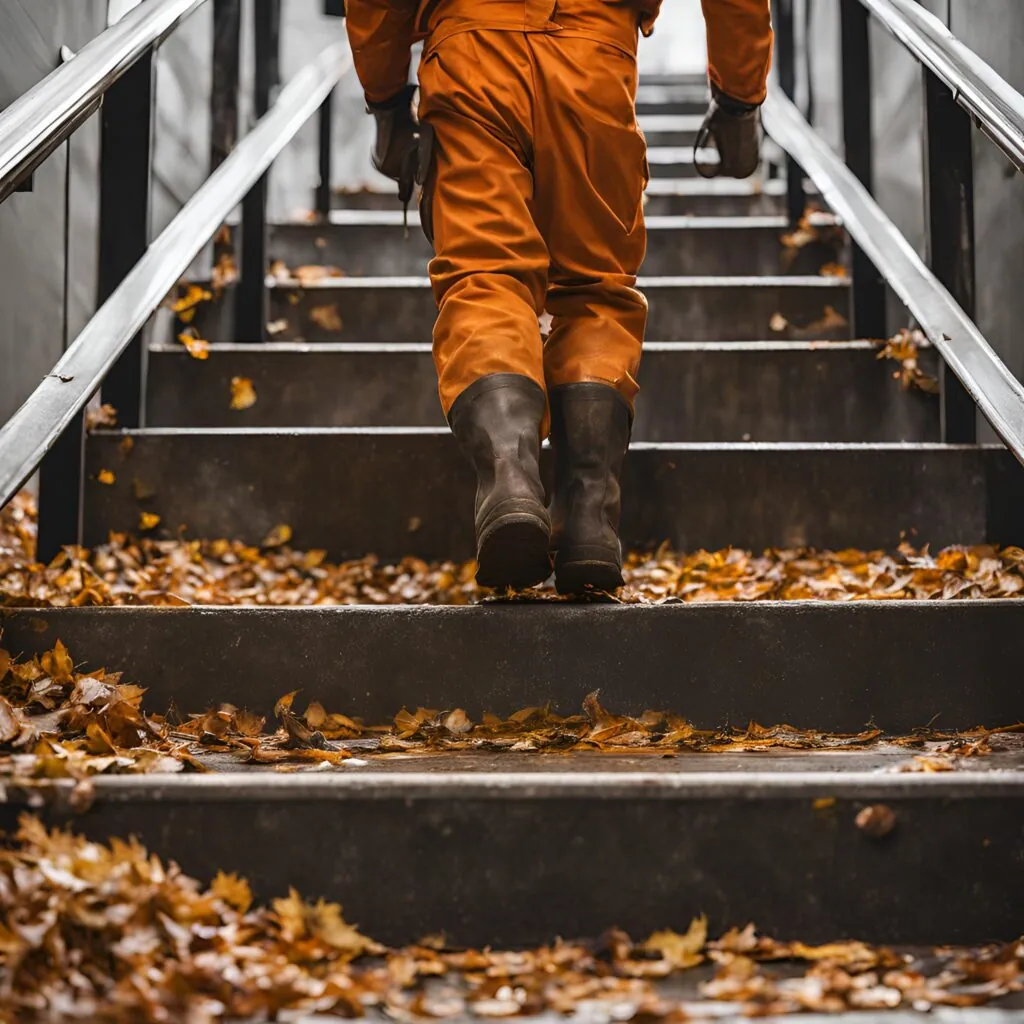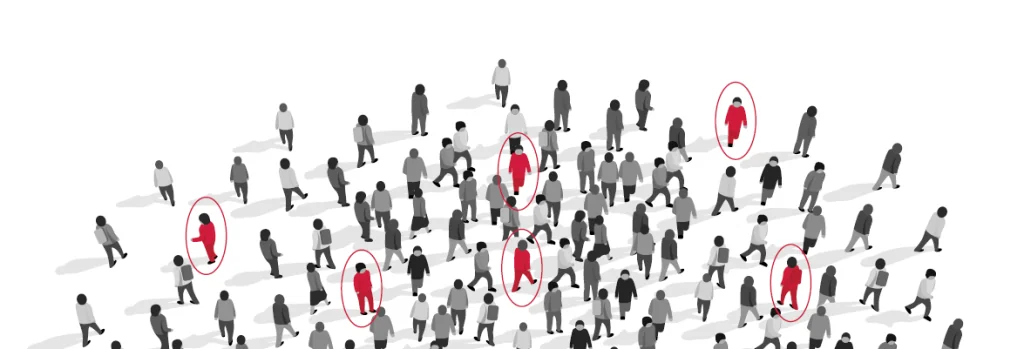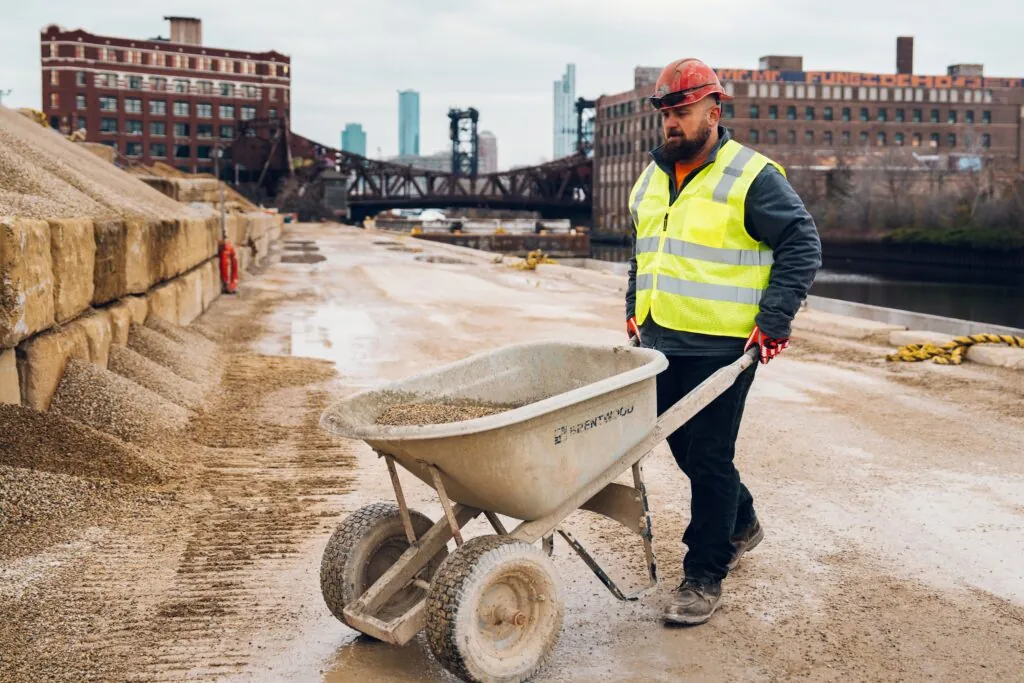By Forrest Richardson, CSP, ARME
Director of Safety, Fit For Work
The transition to fall usually offers a welcome reprieve from the dog days of summer. Beyond a visual feast for the eyes, the changing leaves can also serve as a reminder of the potential hazards that go along with shorter days and cooler weather. Here are nine practical tips to increase workplace safety this fall.
Safety Tips
- Decrease the chance for falls. Fallen leaves and wet walkways can cause slippery conditions. Wear proper footwear, walk slowly, and pay attention to your steps when walking on slick surfaces. Use handrails, walking sticks, or canes when additional support is needed. Read more about ways to alleviate slip and fall risks around the workplace.
- Stay healthy. Fall and winter are associated with increased respiratory illnesses. Encourage proper hygiene like hand washing and staying home when sick. Provide employees with support and the resources they need when taking a sick day. Get tips from the CDC here.
- Check your HVAC system. Cleaning ducts and regular maintenance on the HVAC system can ensure indoor air quality is good and the system is ready for fall/winter use. Did you know? The average cost to clean the air ducts in a residential home is between $450 and $1,000. Air duct cleaning in the workplace or at home is important for the proper functioning of central air conditioning and heating systems. It can also help improve energy efficiency.
- Monitor carbon monoxide. With CO poisoning peaking in the colder months, use a functioning carbon monoxide detector to monitor for this odorless and colorless gas. Only use generators outdoors and away from windows, and don’t heat your home or workspace with a gas oven or stovetop. Get a list of recommended CO monitors here.
- Ensure good visibility around the workplace. With the sun setting earlier, check the lights in parking lots and around sidewalks and walkways to make sure they turn on early enough to provide adequate visibility. When driving, be sure to clean both inside and outside of car windows. Dirty windows can make it difficult to see, increasing the risk of an accident.
- Encourage work-life balance. Beginning a new school year, reduced daylight, and the holidays can bring on increased stress. Offer mental health resources and provide your employees with the flexibility to take care of personal needs.
- Have a snowstorm preparedness plan. Sometimes winter weather sneaks its way into the fall months. Prepare ahead of time by checking for cracks or leaks in windows, around doors, on the roof, and apply extra insulation if possible. Also know how to shut off water valves in case of pipe bursts.
- Practice proper shoveling. If snowfall does come early, avoid overexerting yourself when shoveling as this can increase your risk of a heart attack. Get safe shoveling tips here.
- Protect from cold weather. If working outside, avoid prolonged exposure to cold weather. Dress in layers and protect your head, hands, feet, ears, and nose. Stay hydrated if you’re outside for a long time and avoid tight clothing. Wear appropriate footwear, like lightweight boots with good support, and consider snow grips in snowy or icy conditions.
If your business needs assistance with your workplace safety program, Fit For Work can help. Contact us to learn more.

Forrest Richardson has served as the Safety Division Director for Fit For Work for 20 years. He has over 29 years of experience in environmental health & safety (EHS) compliance management and leads national, regional, and local EHS Compliance services for Fit For Work. Forrest holds the Certified Safety Professional (CSP), Associate Risk Management Enterprise (ARME), and Certified Safety Manager (CSM) certifications. He also facilitates the Fit For Work Safety Specialist professional development track, supporting EHS podcasts, white papers, blogs, and safety newsletters. Forrest proudly served in the United States Army 25th Infantry Division, Big Red One and 1st Calvary 227th Assault Helicopter Divisions. He is a professional member of the American Society of Safety Professionals, serving as chapter president, and supporting national professional development conferences. As a guest speaker he supports national, regional, and local professional development conferences across general, construction, and oil and gas industries.





